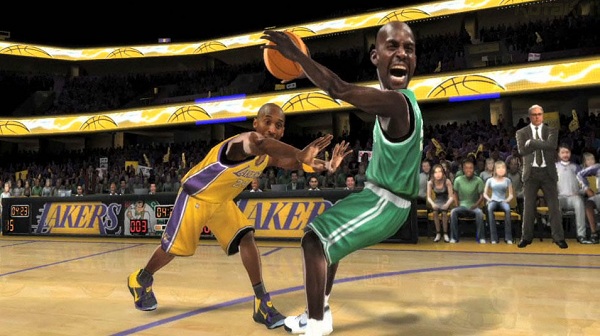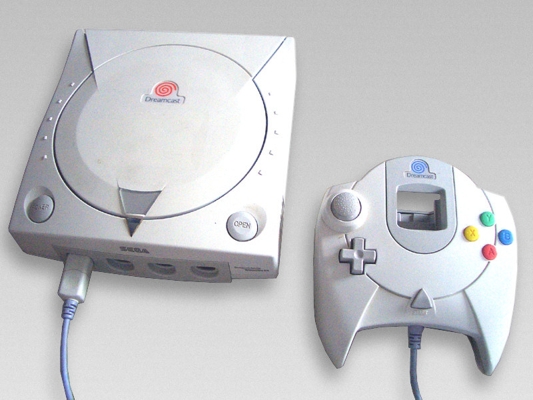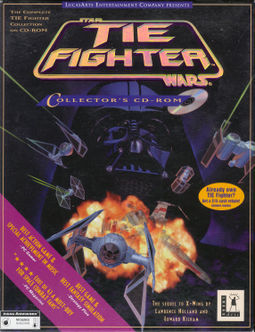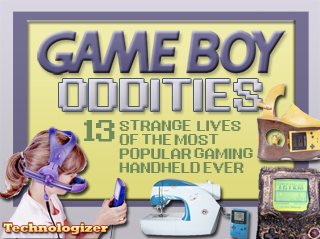 The iPhone has given life to another set of old games. This time it’s ZX Nostalgia, an emulator of Sinclair’s ZX Spectrum personal computer.
The iPhone has given life to another set of old games. This time it’s ZX Nostalgia, an emulator of Sinclair’s ZX Spectrum personal computer.
ZX Nostalgia costs $1 and includes 14 games, including Manic Miner, Fantastic Voyage and a shameless Star Wars clone called Starstrike 3D. All the games were released between 1982 and 1984.
I gave the app a whirl, and although I don’t regret spending the buck, there are a few things that need improvement. The interface is not nearly as slick as Manomio’s Commodore 64 emulator, and it lacks extra features such as high scores or online achievements. ZX Nostalgia could also use some more detailed instructions for each game — some games are just impossible to figure out — and more customization in its controls.
But overall, I’m pleased that there’s another bundle of emulated classic video games in the App Store, and it makes me wonder what we’ll see next. I still think a Nintendo emulator is out of the question, because the company is now competing with Apple in the handheld gaming market, even though an official emulator app would be awesome and a huge money maker for both parties.
In January, Gizmodo reported that a “Sega Genesis Ultimate Collection” app would arrive the following month, but it never did. Perhaps Sega found more success selling standalone classics like Sonic the Hedgehog and Golden Axe. Also, Manomio has put together Atari 2600 and Amiga emulators as tech demos, but an app would require rights to the games, or permission from rights holders, and I’m guessing that hasn’t happened.
There’s still room for other consoles, such as Intellivision (Update: Intellivision is available, and it’s free), Sega Master System or Turbo Grafx 16, but I don’t know what has to happen to make them a reality on the iPhone. I just know I’m enough of a sucker for retro video games on new devices that I’d pay for all of them.






 Next Wednesday will mark the Sega Dreamcast’s 10th birthday, having launched on September 9, 1999. Less than a year and a half later, Sega discontinued the console, facing competition from Sony’s Playstation 2, the looming threat of Microsoft’s Xbox and some friction within the company.
Next Wednesday will mark the Sega Dreamcast’s 10th birthday, having launched on September 9, 1999. Less than a year and a half later, Sega discontinued the console, facing competition from Sony’s Playstation 2, the looming threat of Microsoft’s Xbox and some friction within the company. If you’re like me, your fondest memories of LucasArts are rooted in the 1990s, with classic computer games like X-Wing, The Secret of Monkey Island, Sam & Max Hit the Road and Star Wars: Dark Forces.
If you’re like me, your fondest memories of LucasArts are rooted in the 1990s, with classic computer games like X-Wing, The Secret of Monkey Island, Sam & Max Hit the Road and Star Wars: Dark Forces.